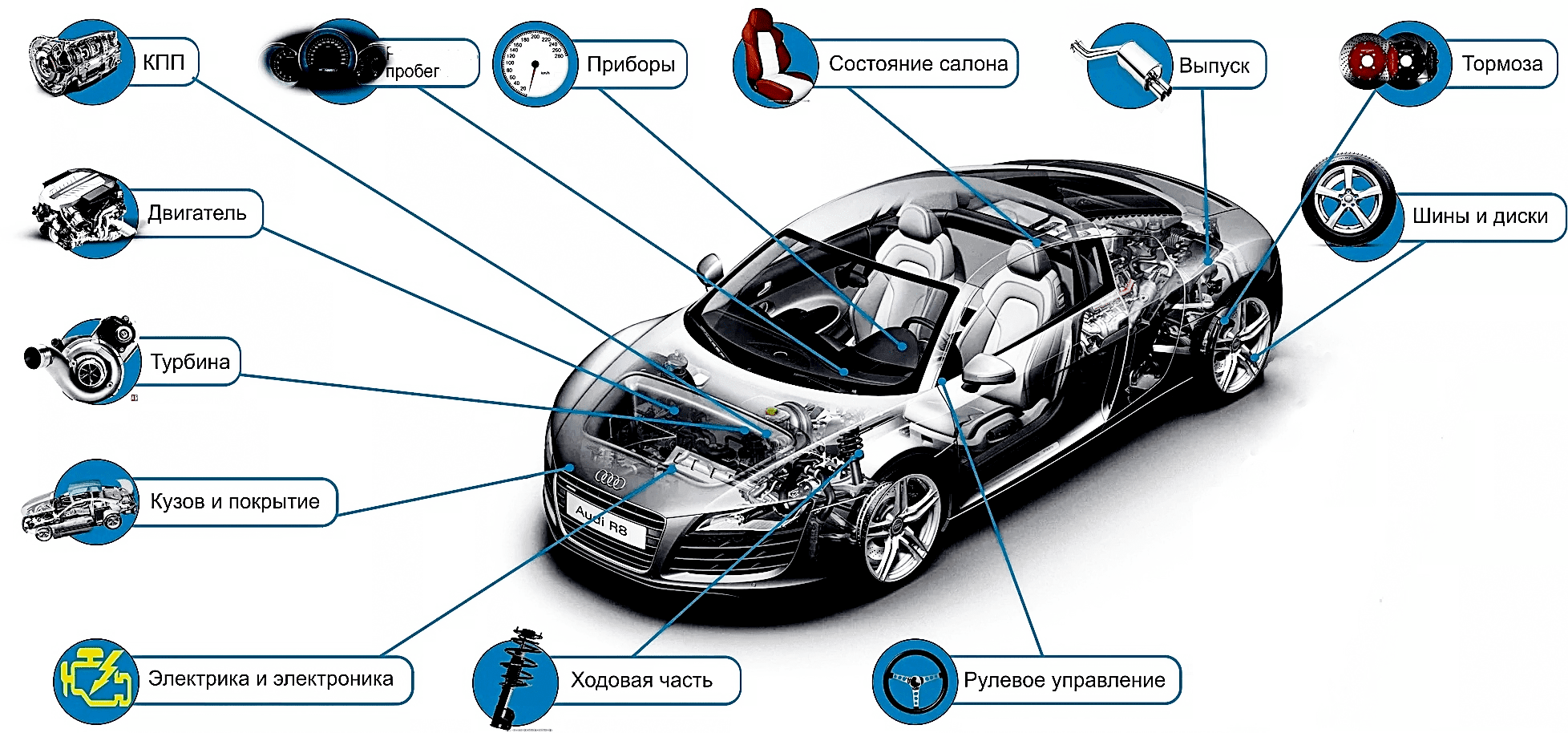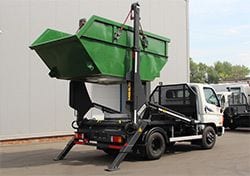
U010E Lost Communication With Reductant Control Module
Content
U010E Lost Communication With Reductant Control Module
OBD-II DTC Datasheet
Lost Communication With Reductant Control Module
What does this mean?
This is a generic communications system diagnostic trouble code that applies to most makes and models of OBD-II vehicles.
This code means that the restore agent control module (RCM) and other control modules on the vehicle are not communicating with each other. The circuitry most commonly used for communication is known as Controller Area Bus communication, or simply the CAN bus.
Modules communicate with each other over a network, just like the network you have at home or work. Car manufacturers use several networked systems. Prior to 2004, the most common (non-exhaustive) inter-module communication systems were the serial communication interface, or SCI; SAE J1850 or PCI bus; and Chrysler Collision Detection, or CCD. The most common system used after 2004 is known as Controller Area Network communication, or simply the CAN bus (also used until 2004 on a small segment of vehicles). Without this CAN bus, control modules cannot communicate and your scan tool may or may not receive information from the vehicle, depending on which circuit is affected.
The Reductant Control Module (RCM) is usually located directly on the Exhaust Fluid or DEF tank. It receives input from a variety of sensors, some of which are directly connected to it, and most are transmitted over a bus communication system from the powertrain control module (PCM). These inputs allow the module to control when the RCM is controlling a tank heater or pump to spray DEF into the exhaust pipe.
Troubleshooting steps may vary depending on the manufacturer, the type of communication system, the number of wires, and the colors of the wires in the communication system.
Code severity and symptoms
In this case, the severity can be very serious, depending on how many times the vehicle has been started in this state. Ultimately the RCM / PCM can go into no-start / no-start mode.
Symptoms of a U010E code may include:
- Malfunction Indicator Light (MIL) "On"
- The engine can start and run normally, but as soon as the DEF level falls low enough, the DEF indicator will flash. After a certain number of starting cycles, the vehicle will not start or start.
reasons
Usually the reason for installing this code is:
- Open on CAN bus + or - circuit
- Short to ground or ground in any CAN bus circuit
- No power or ground to RCM module
- Rarely - the control module is faulty
Diagnostic and repair procedures
A good place to start with ALL electrical diagnostics is to check the Technical Service Bulletins (TSB) for your vehicle. The problem you are facing may be known to others in the field. A known fix may have been released by the manufacturer and can save you time and money during diagnostics.
It is assumed that you have access to a code reader at this point, as you may have been able to access the codes up until now. See if there were any other DTCs related to bus communication or battery / ignition. If so, you should diagnose them first, as misdiagnosis is known to occur if you diagnose the U010E code before any of the underlying codes are thoroughly diagnosed and corrected.
If the only code you get from other modules is U010E, try accessing the RCM. If you can access the codes from the RCM, then the code U010E is either intermittent or a memory code. If you cannot access the RCM, then the U010E code set by other modules is active and the problem already exists.
The most common failure is a circuit failure that results in a loss of power or ground to the reductant control module.
Check all fuses supplying the RCM on this vehicle. Check all the reasons for RCM. Locate ground anchorage points on the vehicle and make sure these connections are clean and secure. If necessary, remove them, take a small wire bristle brush and baking soda / water solution and clean each one, both the connector and the place where it connects.
If any repairs have been made, clear the DTCs from any modules that set the code in memory and see if you can now communicate with the RCM. If communication with the RCM recovers, the problem is most likely a fuse / connection issue.
If the code returns or communication still cannot be established with the module, locate the CAN bus communication connections on your vehicle, most importantly the RCM connector, which is usually located directly on the diesel fluid tank or the exhaust tank ... Disconnect the negative battery cable before disconnecting the connector from the RCM. Once detected, visually inspect the connectors and wiring. Look for scratches, scuffs, exposed wires, burn marks, or molten plastic.
Disconnect the connectors and carefully inspect the terminals (metal parts) inside the connectors. See if they look burnt or have a green tint indicating corrosion. If you need to clean the terminals, use an electrical contact cleaner and a plastic bristle brush. Allow to dry and apply electrical grease where the terminals touch.
Perform these few voltage checks before connecting the connectors back to the RCM. You will need access to a digital volt/ohmmeter (DVOM). Make sure the RCM has power and ground. Access the wiring diagram and determine where the main power and ground supplies enter the RCM. Reconnect the battery before proceeding with the RCM still disabled. Connect the red lead of your voltmeter to each B+ (battery voltage) supply going into the RCM connector, and the black lead of your voltmeter to a good ground (if you're unsure, battery negative always works). You should see the battery voltage reading. Make sure you have a good reason. Connect the red lead of the voltmeter to the battery positive (B+) and the black lead to each ground circuit. Once again, you should see the battery voltage every time you connect. If not, repair the power or ground circuit.
Then check the two communication circuits. Locate CAN C+ (or HSCAN+) and CAN C- (or HSCAN - circuit). With the black wire of the voltmeter connected to a good ground, connect the red wire to CAN C+. With the key on and engine off, you should see about 2.6 volts with little fluctuation. Then connect the red wire of the voltmeter to the CAN C- circuit. You should see about 2.4 volts with little fluctuation. Other manufacturers show CAN C- at about 5V and an oscillating key with the engine off. Check your manufacturer's specifications.
If all tests pass and communication is still not possible or you were unable to clear DTC U010E, the only thing to do is to seek help from a trained automotive diagnostician as this will indicate an RCM failure. Most of these RCMs must be programmed or calibrated to properly install the vehicle.
Related DTC discussions
- Mercedes Benz R350 Code u010eHey, has anyone dealt with this code before. I have a Mercedes Benz R350 and the code is u010e. Has anyone fixed this issue before ... thanks ...
Need more help with code U010E?
If you still need help with DTC U010E, post a question in the comments below this article.
NOTE. This information is provided for informational purposes only. It is not intended to be used as a repair recommendation and we are not responsible for any action you take on any vehicle. All information on this site is protected by copyright.
